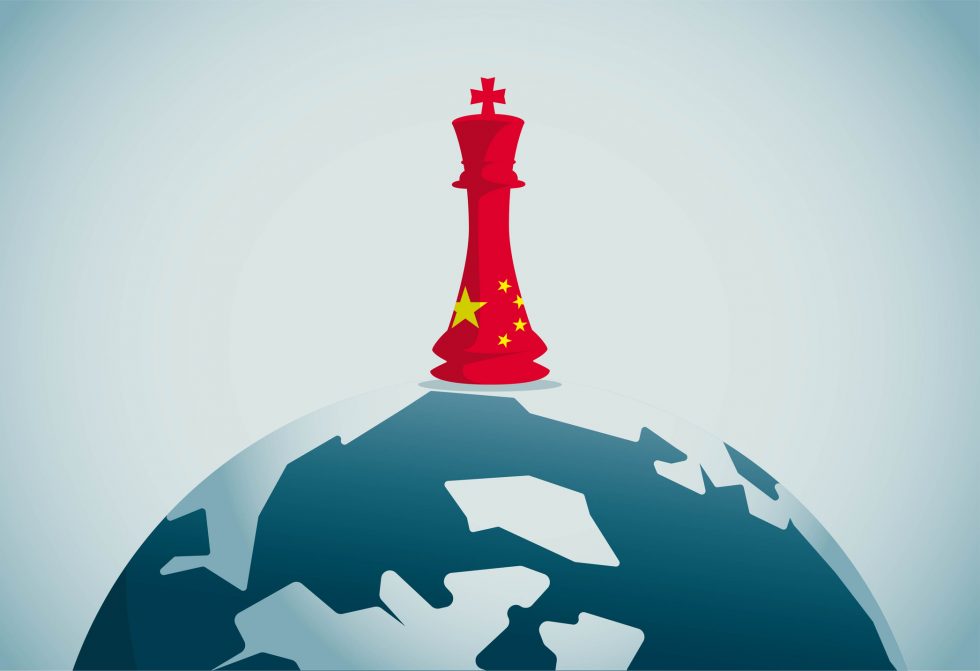 Getty Images
Getty Images
With the second largest economy in the world, the second largest population on the planet and one of the greatest technological powers today, China has changed the global economic and geopolitical scenario in the last decade.
For the second edition of our Special Enem report (we will have another two reports, in October and November) TINO investigated with teachers how the theme can be approached in the country´s main university entrance exam.
Why is China so powerful?
For 13 years, China has been the second largest economy in the world. In 2022, the nominal GDP of the United States was 25 trillion dollars (around 120 trillion reais) and that of the Asian country, 18 trillion dollars (around 88 trillion reais).
The rise began in the 1980s, when the Chinese government carried out an economic reform, positioning the country as the world’s largest exporter of low-cost products, produced with cheap labor. From 1994 to 2022, China’s Gross Domestic Product (GDP) grew, on average, 8.7% per year, according to a survey carried out by the website Poder360.
Today, the nation is a trading partner of most countries. “It was cheaper to produce and buy from China than to invest in one´s own industrial park”, explains Norberto Salomão, professor and specialist in geopolitics.
Recente economic problems
Although their GDP is expected to increase by 5% this year, China has been experiencing a slowdown in growth, deflation and is facing a severe real estate crisis. In the long term, the negative effects may reach the entire world.
For example, the real estate crisis paralyzed construction and, as a result, the consumption of steel, produced from iron ore imported from Brazil, fell. Deflation also affects the trade balance, as foreign sales prices tend to fall, hindering competition.
The commercial relation with Brazil
“Before the 2010s, trade relations with so-called underdeveloped countries were based mainly on the import of commodities, while exports of industrial products were destined for the developed West”, explains Bruno Hendler, doctor in international political economy.
However, after the euro crisis and the US crisis, between 2008 and 2010, China looked to meet the demands of countries that were not a part of the developed axis. The objective was to expand the relation with Latin America, the Middle East and Africa – and begin to export industrialized products also to these regions.
It worked. Today, China is Brazil´s greatest commercial partner. In 2022, 91,2 million dollars (447 million reais) were exported in Brazilian products (above all, iron ore) and 61,5 million dollars (300 million reais) in imported Chinese products.
The new silk route
Students are familiar with the silk route: if, in the Middle Ages, it made viable the commerce of what was then the main Chinese product between the East and the rest of the world, the new route has as its aim to spread Chinese culture.
Since the weakening of the dollar and US dominance in the last decade, China has been trying to occupy this space. The influence and consumption of the country’s music, audiovisual productions, sport and cuisine began in Asia, until it reached the Americas. According to Hendler, spreading its culture is one of China’s main challenges, as it competes for space with the US and Europe, which are traditionally more accepted.








